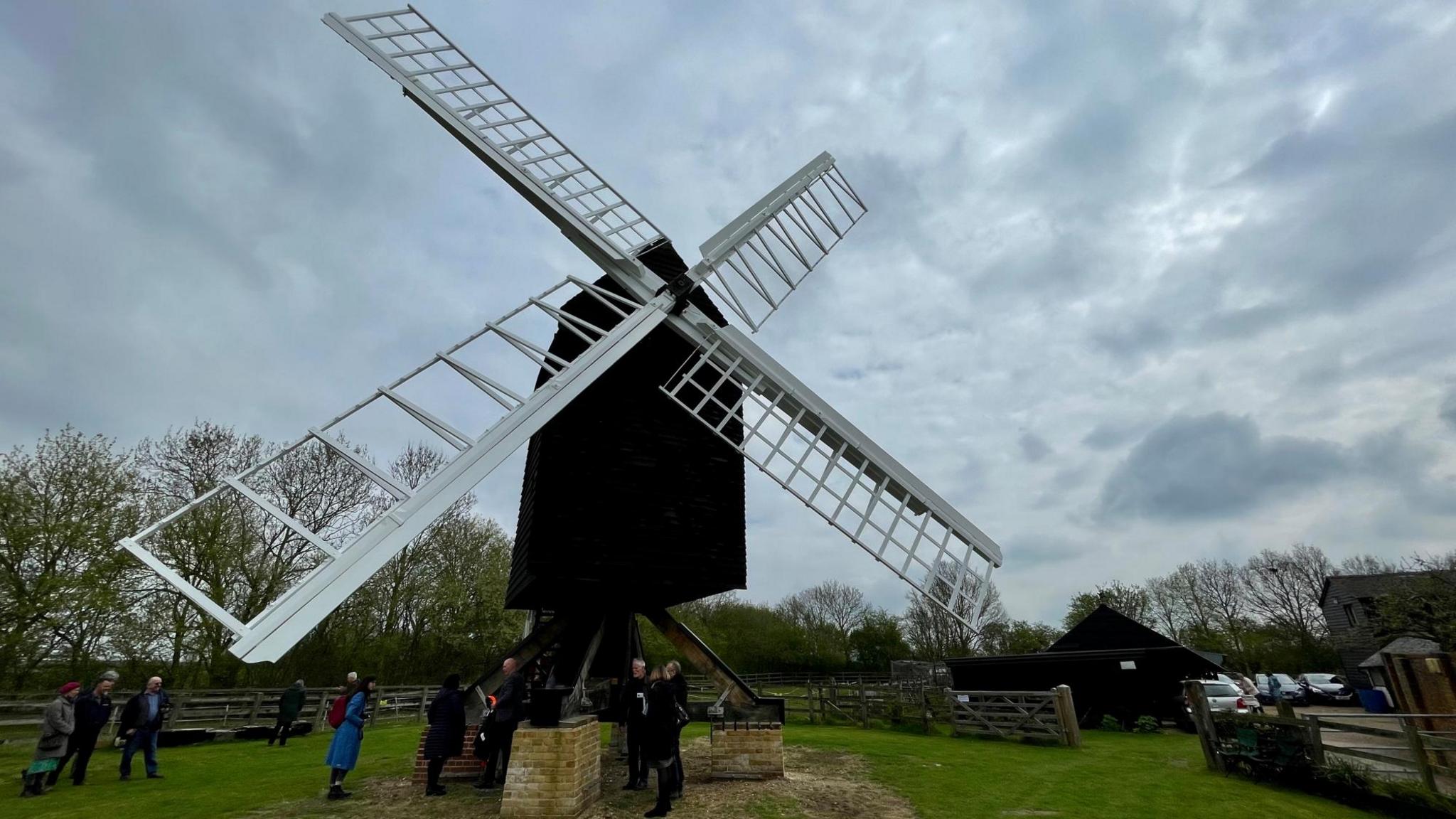Restoration plans revealed for 'iconic' windmill
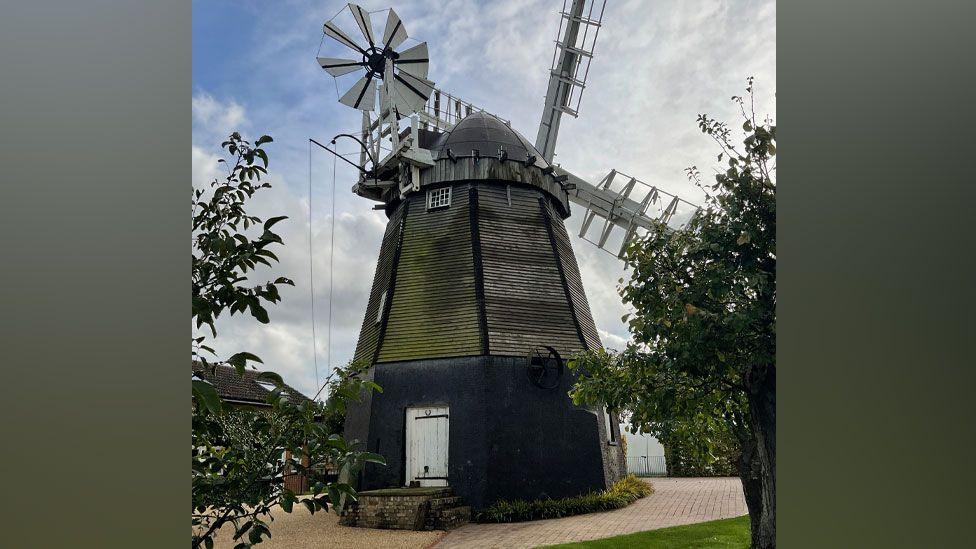
The mill is an important part of Fulbourn's industrial heritage, said owner Ian Harrison
- Published
An "iconic" windmill dating back to the early 19th Century is set to be restored to full working order after a charity stepped in to fund its repairs.
The windmill, on Cambridge Road, Fulbourn, Cambridgeshire, was built in 1808 and became derelict after it ceased being used to grind grain in 1937.
Ian Harrison, its owner since 2006, has rebuilt its sails, but said the discovery of "fairly significant structural weaknesses" made the full restoration unaffordable.
Village charity, the Wright's Clock Land Fund, agreed to pay for the work, provided it could manage the mill.
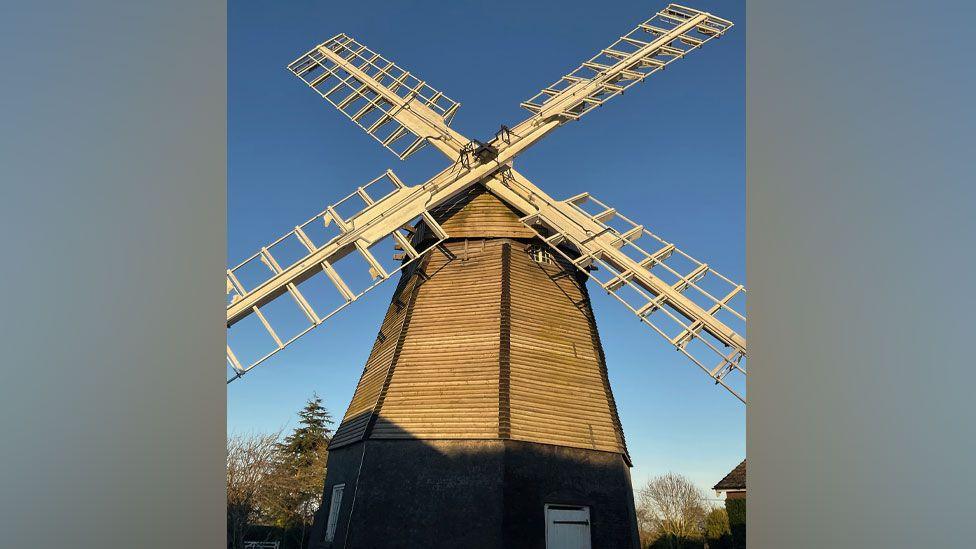
It was described as "an iconic piece of the village"
Mr Harrison and his wife were "very happy and very pleased" to lease the mill to the charity for 99 years, the Local Democracy Reporting Service wrote.
"We also have to recognise that it sits in our garden and we won't be living in the house for the next 99 years, so we have got to think about looking after the interests of future generations as well," he said.
Fulbourn Windmill was "just left to go derelict" after it fell out of use until a local group began the restoration of its exterior from the 1970s onwards.
After taking ownership, the Harrisons had hoped to restore it to full working order, but discovered its frame had distorted over time.
This meant the fantail - the mechanism at the top of the mill which allows the cap to turn and grain to be milled - was unable to move.
Mr Harrison said: "We realised it was going to take a lot of money [to restore], which my wife and I didn't have the resources to cover."
The Wright's Clock Fund, which paid for a condition report on the windmil, externall, agreed to award a "substantial" grant to completely restore it.
An application has been submitted to South Cambridgeshire District Council to begin the restoration.
If granted, Mr Harrison believes the necessary work will take about two years.
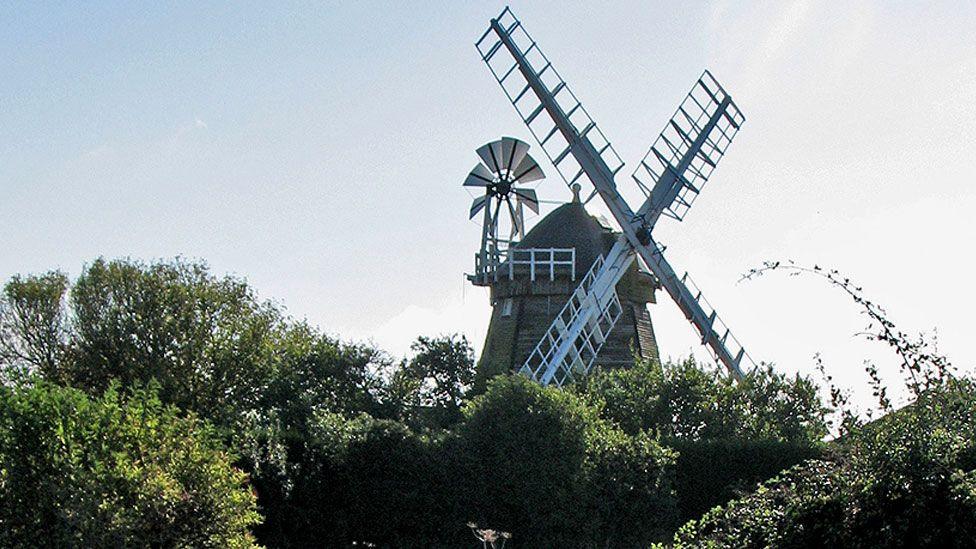
Get in touch
Do you have a story suggestion for Cambridgeshire?
Follow Cambridgeshire news on BBC Sounds, Facebook, external, Instagram, external and X, external.
Related topics
- Published12 October 2024
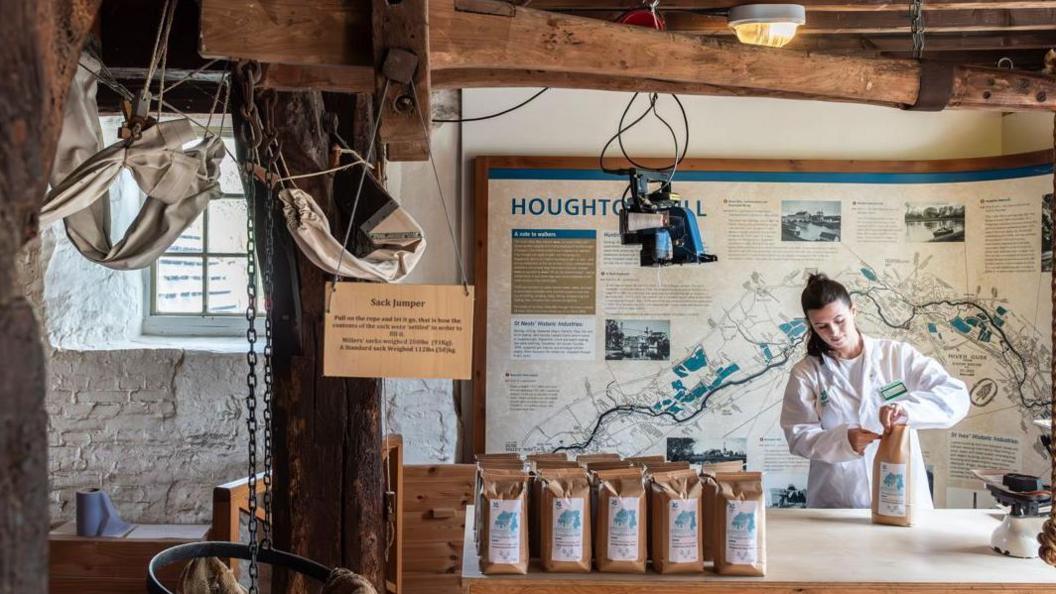
- Published16 June 2024
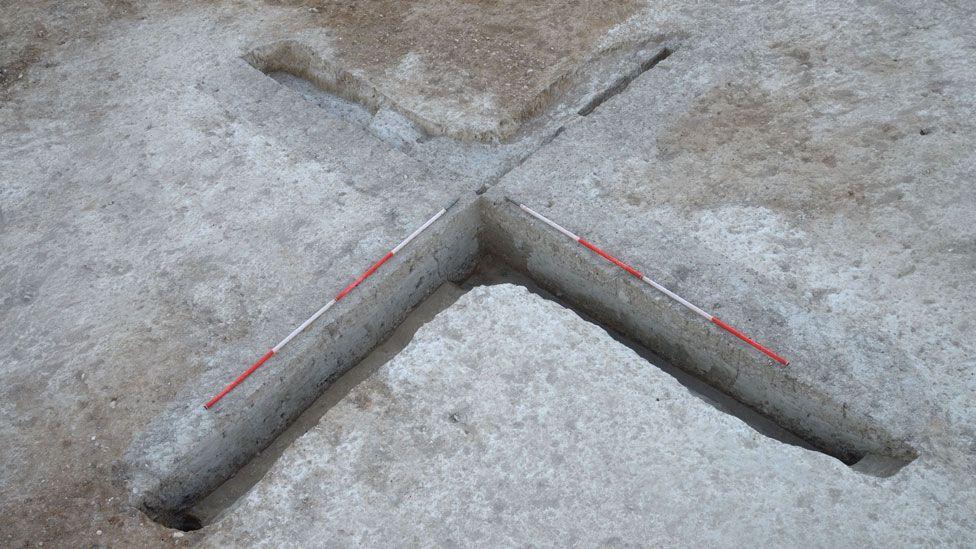
- Published19 April 2023
